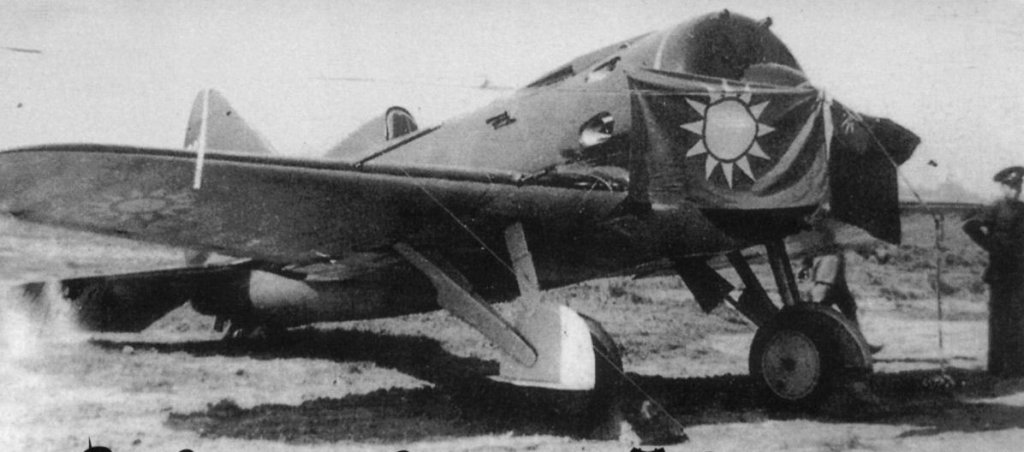Military history buffs are no doubt familiar with Germany’s World War I flying ace, Manfred von Richthofen. Known as “The Red Baron,” he was the Great War’s Ace of Aces, racking up 80 confirmed victories before being shot down in April 1918. Richtofen’s skill and the fear his red Fokker triplane instilled in enemy pilots led to his reputation setting the standard for air excellence for decades after the war.
When pilots, friend and foe alike, refer to Hiromichi Shinohara as “The Richtofen of the Orient,” they mean it with the utmost respect due to an adversary. In his short aerial career, Shinohara became the highest-scoring fighter ace of the Imperial Japanese Army Air Service, despite only flying for a total of three months in 1939, all before Japan began a war with the United States.
Shinohara joined the Imperial Japanese Army after turning 18 and finishing his formal education. He didn’t go right into the Japanese air force, however. He actually joined a cavalry regiment in 1931. Shortly after the Mukden Incident, a false flag attack that Japan would use as a pretense to invade Chinese Manchuria, Shinohara and his cavalry unit arrived to fight in the Jiangqiao Campaign. Manchuria was overrun by the Japanese within months.

With Manchuira occupied, educated Japanese troops like Shinohara were sent to flying schools, where they would learn to be pilots in Japan’s ever-growing air forces. He graduated in a year, and was sent back to Manchuria. By 1938, he had risen in rank to become a warrant officer, and would soon be flying missions against an unexpected enemy.
In 1905, Japan defeated Russia in the Russo-Japanese War, gaining not just territorial concessions from the Tsar, but also earning respect as a regional military force to be reckoned with. By the late 1930s, Imperial Japan had ambitions on spreading its influence into Asia. The army in Manchuria decided to put the new Russian government to the test on the Chinese border with the Mongolian Soviet Republic.
Over the course of five months in 1939, border skirmishes turned into full-on fighting in the borderlands between Manchukuo (Japan’s puppet government in Manchuria) and the Soviet Union. The Japanese saw some early successes in what became the Battles of Khalkhin Gol. Both were far from their supply lines and fought to a standstill in August 1939.
That’s where then 25-year-old Hiromichi Shinohara began racking up his impressive kill count. His first combat sortie came on May 27, 1939, where he shot down four Polikarpov I-16 fighters in his Nakajima Ki-27. He was far from done that first day, after refueling, he would go back up and shoot down six more, becoming a double ace within a day, still his first day. No other pilot had achieved that before or since.

Almost every time he went into the air, he came back with more aerial victories. On June 27, he set the Imperial Japanese Army Air Force record with 11 combat kills in a single day over Tamsak-Bulak. Only nine other fighters, members of the German Luftwaffe in a target-rich environment, have ever broken the record.
As the tide turned against the Japanese fighting the Soviet Union, it turned against Shinohara too. The Soviets under a young officer named Georgy Zhukov launched a massive counterattack against the Japanese in Mongolia. The Japanese Army was caught in a double envelopment and was systematically destroyed on August 27. That same day, Shinohara took to the skies on a bomber escort mission and was overpowered by Soviet fighters.
He was shot down and died in a ball of flame, having scored 58 kills in just three months. The Japanese retreated from Khalkhin Gol and entered a neutrality pact with the USSR that would last for almost the entire duration of World War II.

